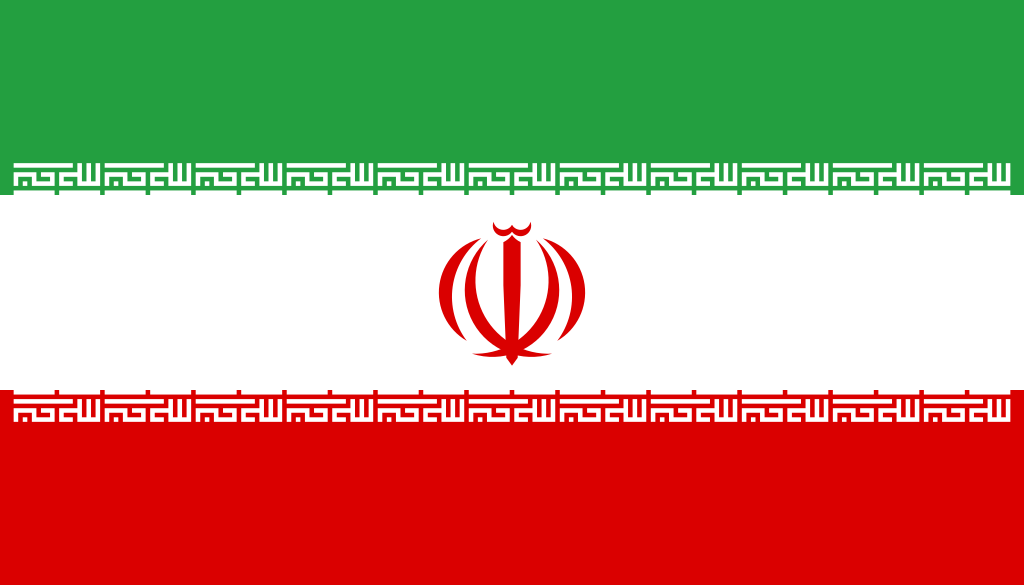Report on the humanitarian situation of Iranian children

Capital: Tehran
Area: 1,648,195 square kilometer
Population: 85,472,181
Form of government: Theocratic republic
In Iran, which has a very large area and a dense population, there are approximately 49 people per square kilometer. Persians make up 51% of the population. Other important ethnic groups are Turkmen, Arabs, Turks, Kurds, Afshars, Balochs, and Azerbaijanis. 99% of the population is Muslim. The official language is Persian. However, Turkish, Kurdish, Azerbaijani, and Arabic are also spoken.
Iran is one of the countries with the largest refugee population in the world. According to government figures announced in 2020, there are 780,000 Afghan refugees and 20,000 Iraqis in the country. After the Iranian Revolution in 1979, more than 5,000,000 Iranians emigrated to other countries.
According to 2020 figures, there are 2.1 children per mother. According to 2019 data, 11.9 out of every 1,000 children die, 19.9 out of every 1,000 children under the age of five, and 16 out of every 100,000 mothers. Prematurity, respiratory distress syndrome, diarrhea, and pneumonia are the main causes of infant and child mortality. Although maternal health care has improved in recent years, malnutrition remains a serious problem among mothers and children, especially in rural areas.
Eleven years of basic education in Iran is free and compulsory. However, school enrollment is low in rural areas, especially among girls. The net enrollment rate in primary education is more than 95%. The literacy rate among young people is 98.36%. According to official figures, the Iranian administration allocates 6% of the budget to the health sector and 14% to the education sector. In addition to Afghan refugee children, there are more than 770,000 children between the ages of 6 and 16 who do not attend school in Iran.
Although Iran is rich in natural resources, according to official reports, 80% of the population lives below the poverty line; children in rural areas are the most affected by this problem. About 14% of Iranian children work in dangerous and unsanitary conditions; children make up 5% of construction workers.
The rate of girls who marry and become mothers before the age of 18 in the country is 5.2%. According to Iranian law, a girl must be at least 13 years old, and a boy must be at least 15 years old to get married. However, some girls marry at an early age for economic reasons, especially in rural areas.
Street children are a major concern for the country, 28% of whom are orphans. Some of them are children of refugee or poor families, and some of them are children of drug addicted parents. As of today, there are about 200,000 children living on the streets of Iran. These unsupervised children are vulnerable to all kinds of abuse and human trafficking. A 2005 report by the US State Department stated that, by the Iranian government's own admission, there are 60,000 street children in Iran.
More than 51,000 children have lost at least one parent in the COVID-19 pandemic. The number of orphans across the country is 710,000. Adoption laws were revised in 2013. Accordingly, in addition to families without children, families with one child and a single woman can also apply for adoption. With this development, the adoption rate is increasing day by day. 160 sick and disabled children in 2020; 130 children were adopted by unmarried young women over the age of 30.
Sources:
ALJAZEERA TURK. “Ülke Profili: İran”. http://www.aljazeera.com.tr/ulke-profili/ulke-profili-iran. (10.11.2021).
Knoema. “Iran”. https://knoema.com/atlas/Iran. (10.11.2021).
Middle East Online. “Working children in Iran”. https://middle-east-online.com/en/working-children-iran. (10.11.2021).
Stratejik Ortak. “İran’da Siyasî Durum, Etnik Yapı ve Türklerin Nüfusu”. (18 Kasım 2019). https://www.stratejikortak.com/2019/11/iran-etnik-yapi-turkler-nufus.html. (12.11.2012).
TEHRAN TIMES. “Child adoption up by 10% in Iran”. https://www.tehrantimes.com/news/459748/Child-adoption-up-by-10-in-Iran. (10.11.2021).
UKESSAYS. “Orphaned Children in Iran Young People Essay”. https://www.ukessays.com/essays/young-people/orphaned-children-in-iran-young-people-essay.php. (10.11.2021).
UNHCR. The UN Refugee Agency. “Refugees in Iran”. https://www.unhcr.org/ir/refugees-in-iran/. (12.11.2012).
UNICEF. “Mother and Baby Health”. https://www.unicef.org/iran/en/mother-and-baby-health. (10.11.2021).
Worldometer. “Iran Population”. https://www.worldometers.info/world-population/iran-population/. (05.11.2021).